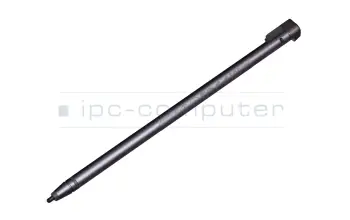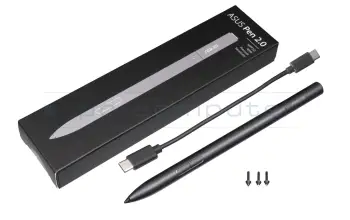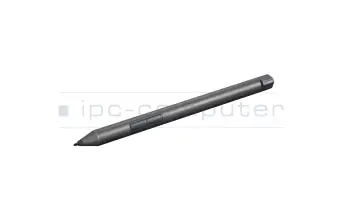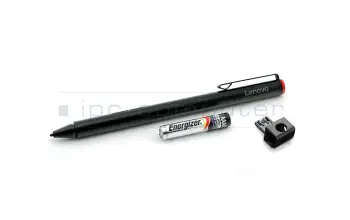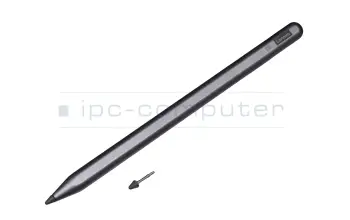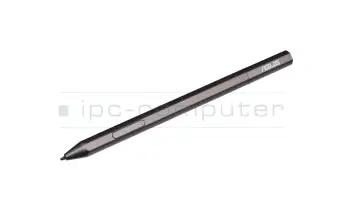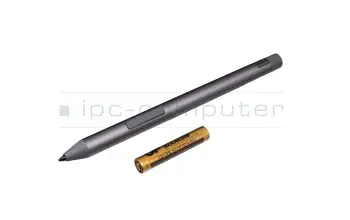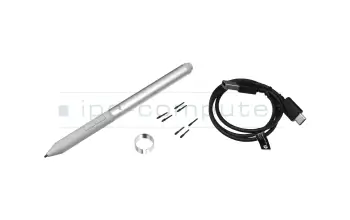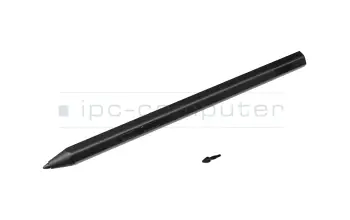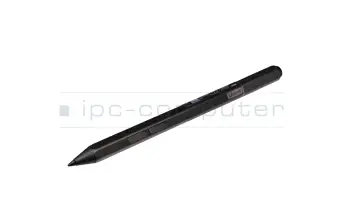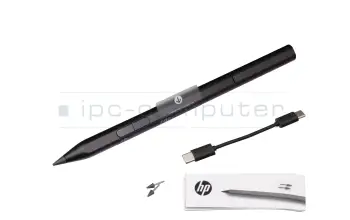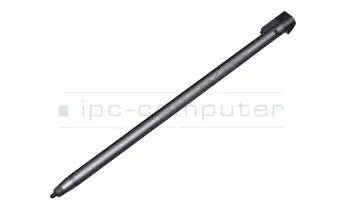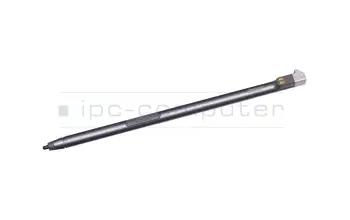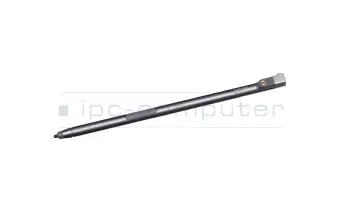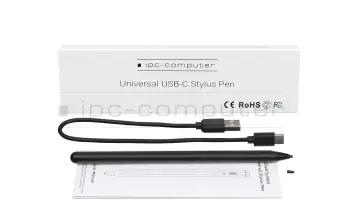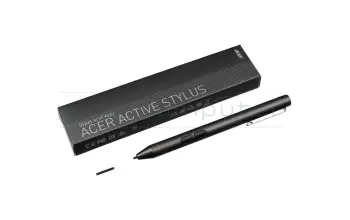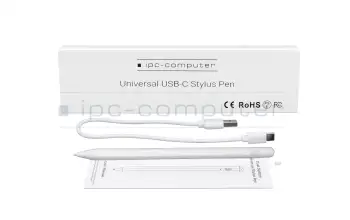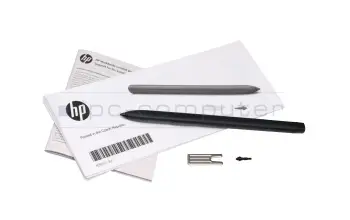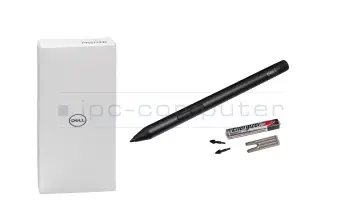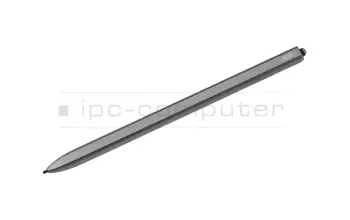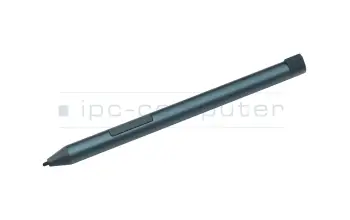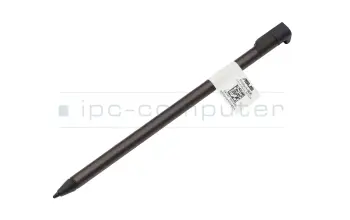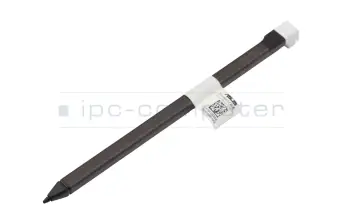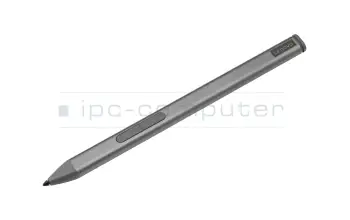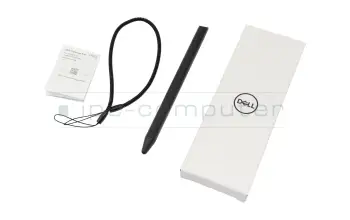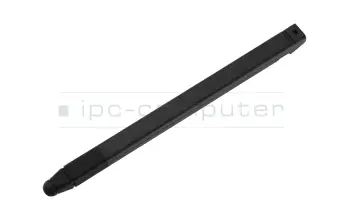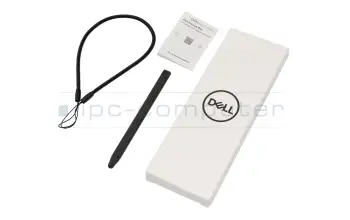Tablet Pen / Stylus
What do I need a tablet pen for and what is it exactly?
A tablet pen, as the name suggests, is a pen that you use for tablets and laptops with touchscreen. One one hand, the input is given with a lot of precision, as the touching point with the screen is only the thin tip of the pen. On the other hand, you can prevent polluting the screens with fingerprints.
For the basic understanding of how a tablet pen actually works, let's first look at the two basic functional principles of a touchscreen. On one side, there's the resistive one, on the other side there's the capacitive one. The resistive touchscreen plays an important role in the industry as it responds to pressure and can be operated with gloves without any problems. On the flipside, the capacitive touchscreen has to be touched with a conductive object, i.e. with a finger or a conductive input pen. Most importantly, the capacitive technologie dominates the smartphone and tablet market.
![[Translate to Englisch:] Tablet Pens [Translate to Englisch:] Tablet Eingabestifte](https://cms.ipc-computer.de/fileadmin/_processed_/5/8/csm_Stylus-Pen-Eingabestifte_533b7a30ab.jpg)
Find the right pens by model or features
Alternative for 00JT921 original Lenovo Active Pen - black (BULK) incl. battery

plus shipping charges
01FR719 original Lenovo Digital Pen 2 b-stock

plus shipping charges
01FR720 original Lenovo Digital Pen 2 b-stock

plus shipping charges
01FR722 original Lenovo Digital Pen 2 b-stock

plus shipping charges
10141C6 original Wacom Digital Pen 2 b-stock

plus shipping charges
10142B6 original Wacom Digital Pen 2 b-stock

plus shipping charges
10143C6 original Wacom Digital Pen 2 b-stock

plus shipping charges
10161C6 original Wacom Digital Pen 2 b-stock

plus shipping charges
10162B6 original Wacom Digital Pen 2 b-stock

plus shipping charges
4X81C66286 original Lenovo Digital Pen 2 b-stock

plus shipping charges
4X81H95633 original Lenovo Digital Pen 2 b-stock

plus shipping charges
4X81H95634 original Lenovo Digital Pen 2 b-stock

plus shipping charges
5T71E71663 original Lenovo Digital Pen 2 b-stock

plus shipping charges
5T71E71665 original Lenovo Digital Pen 2 b-stock

plus shipping charges
GX80U45010 original Lenovo Digital Pen 2 b-stock

plus shipping charges
GX81J19850 original Lenovo Digital Pen 2 b-stock

plus shipping charges
GX81J19851 original Lenovo Digital Pen 2 b-stock

plus shipping charges
ST70S73105 original Lenovo Digital Pen 2 b-stock

plus shipping charges
ST71E71666 original Lenovo Digital Pen 2 b-stock

plus shipping charges
00HN890 original Lenovo Active Pen - black (BULK) incl. battery

plus shipping charges
What are the differences in tablet pens and which model is right for you?
Can you use every Tablet Pen for all monitors?
No, because every manufacturer uses different input technoligies.
You can use any capacitive touchscreen with a simple pen with conductive rubber tip. Basically, this just is a digital finger which is more comfortable and doesn't leave dirty fingerprints. Since the technologie behind this is very simplistic, such pens are relatively inexpensive.
In contrast, the so-called active input pen or active stylus must be compatible with the respective tablet. This is because maufacturers are applying highly complex technologies that enable the user to write or draw on his device like on paper. Additionally, this kind of tablet pen can modified with buttons and switches and thus can act as a substitude for the mouse. This provides functions such as erase and undo. Especially in the industry of modern graphic design, such high-precision pens with special drawing tablets are an enormous relief.
An example of compatibility of active stylus and tablet is the VivoTab Note 8 tablet from ASUS. Due to the special EMR (Electro Magnetic Resonance) technology, there is exactly one suitable pen that can be used for this tablet. However, it is also possible that different manufacturers use the same electronics for their pens, which are only slightly different in appearance. Furthermore, this makes these stylus pens compatible with each other despite originating from various producers. One example of this would be Asus, HP and Dell, all offering the same stylus pen, with different model designations.



